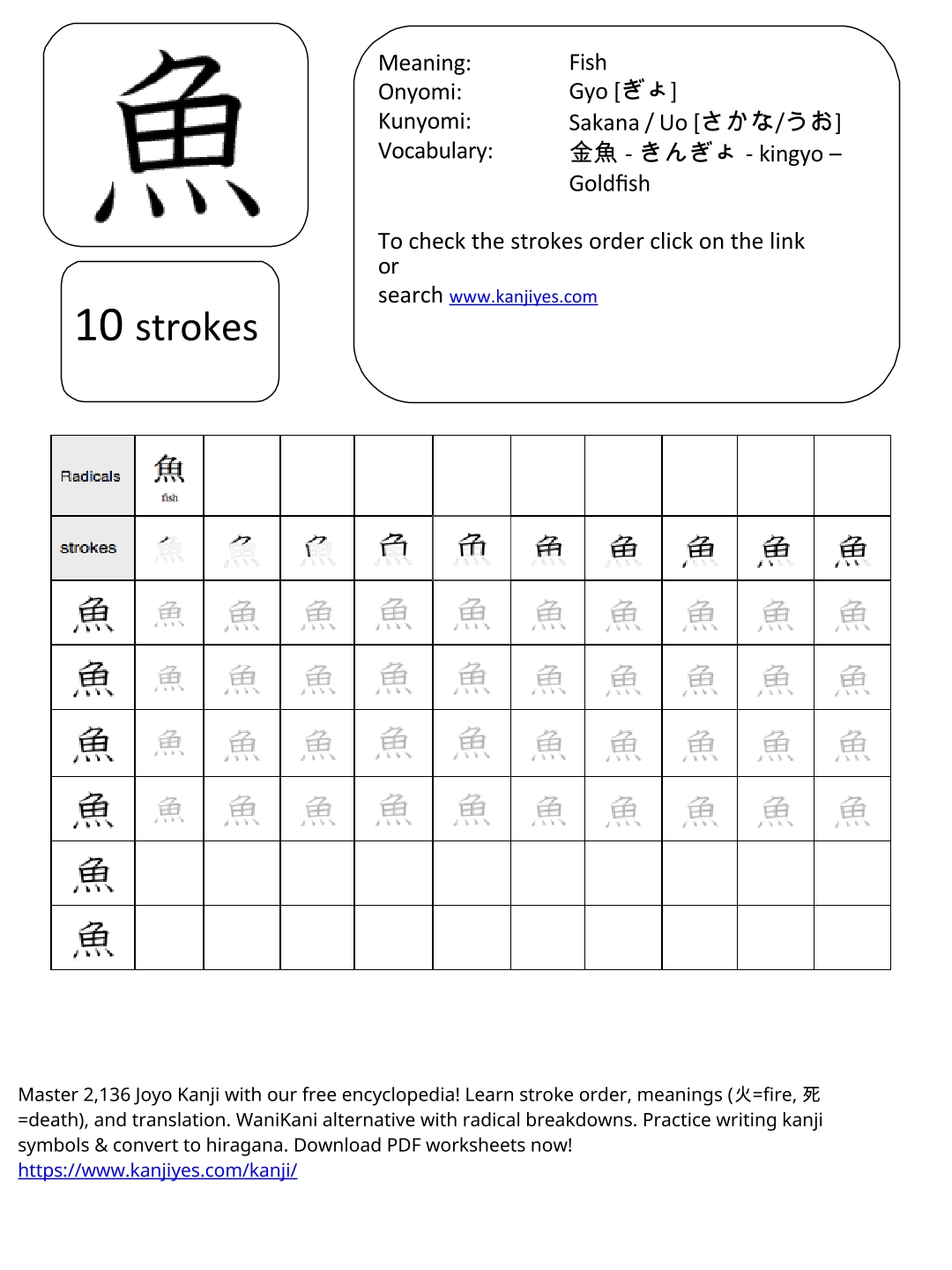What Are Kanji? The Foundation of Japanese Writing
Kanji (漢字, literally "Han characters") are logographic symbols adopted from Chinese script, forming one of three core writing systems in Japanese alongside Hiragana and Katakana. Unlike phonetic alphabets, each kanji character represents both meaning and sound. Modern Japanese requires knowledge of 2,136 Jōyō Kanji (常用漢字) for literacy - a set officially designated by the Japanese government.
Historical Journey: From Oracle Bones to Modern Japan
Kanji originated in China during the Shang Dynasty (1600-1046 BCE), evolving from oracle bone inscriptions. They entered Japan around the 5th century CE via Buddhist texts and diplomatic documents. The earliest Japanese writings like Kojiki (712 CE) used kanji phonetically to represent native Japanese words - a system called Man'yōgana that later birthed Hiragana and Katakana.
Cultural Milestones:
Heian Period (794-1185): Kanji became status symbols among nobility
Meiji Era (1868-1912): Standardization initiatives began
1946: Post-WWII reforms established Tōyō Kanji (1,850 characters)
1981: Jōyō Kanji list expanded to current 2,136 characters
Anatomy of Kanji: Radicals, Strokes & Structure
Every kanji consists of radicals (components) and follows precise stroke order rules essential for legibility:
Radicals (部首):
214 classical radicals (e.g., 水 = water, 火 = fire)
Semantic indicators: 言 (speech) in 語 (language)
Phonetic components: 寺 in 時 (time, pronounced "ji")
Stroke Types:
8 basic strokes: dot, horizontal, vertical, hook, etc.
Direction matters: always top→bottom, left→right
Structure Principles:
Left-right: 休 (rest = 亻+木)
Top-bottom: 思 (think = 田+心)
Enclosure: 国 (country)
Kanji in Practice: Reading, Writing & Translation
Kanji function differently in Japanese versus Chinese:
| Feature | Japanese Kanji | Chinese Hanzi |
|---|---|---|
| Pronunciation | Multiple readings (On'yomi/Kun'yomi) | Single dominant reading |
| Grammar | Combined with Hiragana | Standalone usage |
| Simplification | Mix of traditional & simplified | Fully simplified (Mainland) |
Critical Concepts:
On'yomi (音読み): Chinese-derived readings (e.g., 山 = "san" for mountain)
Kun'yomi (訓読み): Native Japanese readings (e.g., 山 = "yama")
Kanji Translation: Context determines meaning (e.g., 生 = life/birth/raw)
Mastering Kanji: Proven Learning Methods
1. Mnemonic Systems
WaniKani: Gamified SRS platform teaching 2,000+ kanji through radicals
Remembering the Kanji (RTK): James Heisig's story-based method focusing on meaning/writing
2. Stroke Order Mastery
Always start with basic strokes (一, 丨, 丿)
Use grid paper or apps like Kanji Study for practice
3. Contextual Learning
Study words, not isolated characters (e.g., 火山 = volcano, not just 火=fire)
Prioritize Jōyō Kanji Grade 1-6 (1,026 characters) before advanced study
Cultural Significance: From Tattoos to Literature
Kanji symbols permeate Japanese culture:
Tattoo Art: Popular designs include 愛 (love), 力 (strength), 夢 (dream)
Caution: Avoid random combinations like "death kanji" (死) without cultural understanding
Seasonal Poetry: Haiku uses kanji for compact seasonal references (e.g., 雪 = winter snow)
Business & Branding: Company names often use auspicious kanji (e.g., 豊 = abundance)
Keywords: kanji symbols, death in kanji, fire kanji, tato kanji
Start Your Kanji Journey Today
Begin with these fundamental characters:
| Kanji | Meaning | Strokes | Radical |
|---|---|---|---|
| 人 | Person | 2 | Human |
| 水 | Water | 4 | Water |
| 火 | Fire | 4 | Fire |
| 山 | Mountain | 3 | Mountain |
Pro Tip: Download our Free Kanji Practice Sheets (docx PDF) with stroke order diagrams for 100 essential characters!
kanji for kanji-kanji simple_1-51.pdf
kanji for kanji-kanji simple_52-71.pdf
kanji for kanji-kanji simple_72-91.pdf
kanji for kanji-kanji simple_92-111.pdf
kanji for beginners-kanji a day.pdf
kanji for kanji-kanji simple_1-11.docx
kanji for kanji-kanji simple_12-21.docx
kanji for kanji-kanji simple_22-31.docx
kanji for kanji-kanji simple_32-41.docx
kanji for kanji-kanji simple_42-51.docx






